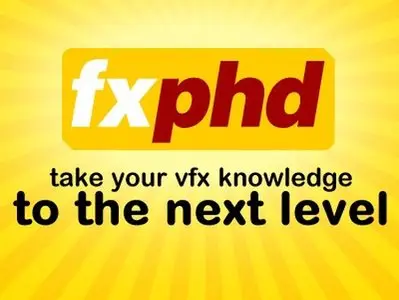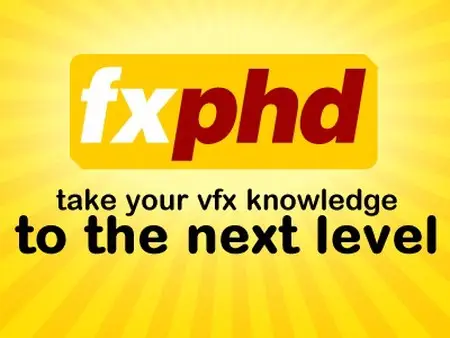FXPHD - 3DE101 Introduction to 3DEqualizer
MP4 | Audio: aac, 44100 Hz, mono | Video: h264, yuv420p, 1440x900, 24.00 fps | 5.44GB
Genre: eLearning
MP4 | Audio: aac, 44100 Hz, mono | Video: h264, yuv420p, 1440x900, 24.00 fps | 5.44GB
Genre: eLearning
3DEqualizer is the industry leading tracking solution. Artists from the worlds foremost VFX houses rely on 3DE to deliver consistent and measured results on major projects. This software is much deeper than a One button solution and offers the level of control which highend visual effects demands.
Taught by Philip Maddock, this course will cover a variety of common techniques and practices to get you productive in 3DEqualizer. We will also visit on some of the less obvious areas of the software, such as working with the python interface and understanding the role of lens grids. Designed as a guide to give people a running start in the application, a working knowledge of other tracking applications is recommended.
Maddock is a 3D artist who has been utilising 3DEqualizer4 for the last four years. In that time he has worked in mainly films and TV commercials and has trained artists in both London and Mumbai. Philip is currently working as an artist at The Mill London and is joining to provide the first ever fxphd course on 3DEqualizer.
Class 1: Intro to the user interface and the python interface. An introduction to the 3DE interface and a quick look at how we can use python to boost productivity.
Class 2: 2D tracking. We will explore the multifaceted nature of the 3DE 2D points.
Class 3: Tracking nodal shots. We will take what we have learned already and apply it tracking several nodal shots, each with their own challenges.
Class 4: Tracking free moves. We will progress on from our previous lessons by tracking and solving a free moving shot. We will end the class by aligning the scene ready for export.
Class 5: Object tracking. Here we will learn how to track and control objects. This will be out first major introduction to manipulating 3DE's 3D environment.
Class 6: Using geometry. Using geometry to influence a camera track is a vital skill. We will look at using prebuilt geo then move onto explore the correct use 3DEs own primitives.
Class 7: Building a small scene from reference images. We will learn how to build point clouds of objects and environments by using reference frames, then learn how to use this data to influence our moving camera tracks.
Class 8: Lens distortion. Lens distortion is one of the most commonly misunderstood practices in tracking. We will learn how to tackle it effectively by building up a fundamental understanding.
Class 9: Survey data. Using real world measurements to influence a camera track.
Class 10: Lidar. Using a real world scan to influence a camera track.
img alt="ScreenList"]3261045[/img



